Horror and Humour of War
The Shoe-Horn Sonata by John Misto, directed by Jim Vilé
Review by Des Partridge
John Misto's memoir play won the Australia Remembers competition organised in 1995 as part of the celebrations marking the 50th anniversary of the end of World War II.
Misto's story is set in 1995, when two women who were Japanese prisoners of war in camps in Sumatra and who haven't seen each other in the half-century since peace was restored, are reunited in a Melbourne hotel room.
They have been invited by a TV interviewer (with local TV host Rick Burnett supplying the voice heard off stage) to recall their wartime experiences for a documentary he is making. During his sometimes jarring questioning, the women relive their wartime experiences.
The older of the two is former Australian Army nurse Bridie (Bev Langford); the younger is the English-born Sheila (Kaye Stevenson), just a schoolgirl when Singapore fell to the Japanese.
There are palpable tensions between the two formerly close friends when they come together- tensions which take more than two hours on stage and several days in the script - to be resolved. There are old scars from the war; wounds to be healed; memories of the Japanese guard "Lipstick Larry" to be dealt with.
It takes two acts for the truth to emerge about what happened in the war and the years following when the women went their separate ways, with the play's dramatic highpoint the revelation why Sheila cut off any contact with Bridie. Misto mixes the horror of the Japanese camps with enough humour to broaden the appeal of his intense and sometimes challenging play.
It takes competent actors to make Misto's talky play work and, fortunately, the cast of two is up to the challenge. Langford and Stevenson work hard to bring Misto's two composite characters alive, and handle their almost continuous monologues with skill and more than a little emotion as their common links with the shoe-horn Bridie was given by her father when she sailed off to the war are revealed.
World War II music and the use of slides depicting war scenes and newspaper headlines and photographs add texture to the experiences talked about by the women.
Bill Haycock's sombre design and David Walters’ lighting add depth to a thoughtful production, a potent reminder of sacrifices made in war.
From October 7, The Shoe-Horn Sonata will make an extensive south-west and central Queensland country tour, starting in Esk, with performances in Chinchilla, Roma, Augathella, Tambo, Blackall, Barcaldine, Alpha, Capella, Moranbah, Dysart, Emerald, Moura, Wandoan, Dalby, Pittsworth, and Ipswich.
The Courier Mail, 19 September 1997
Courtesy Bev Langford

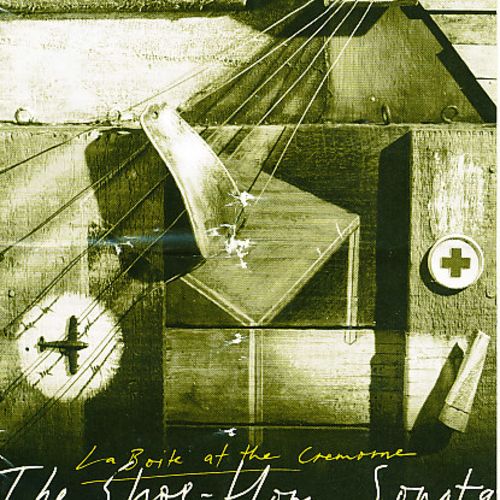
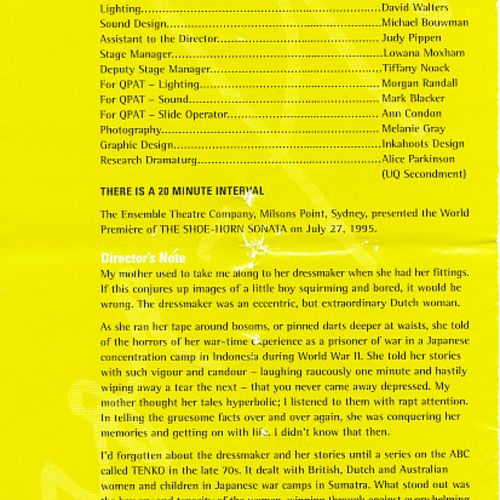

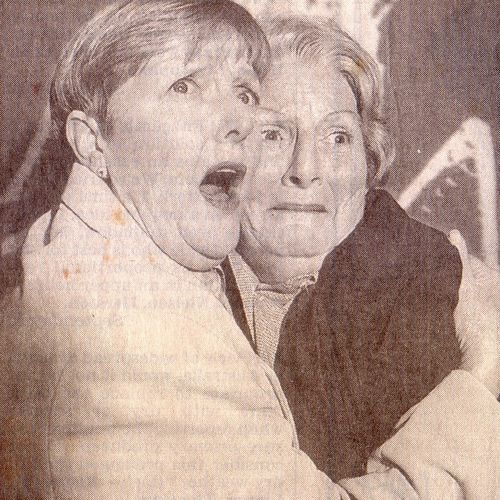
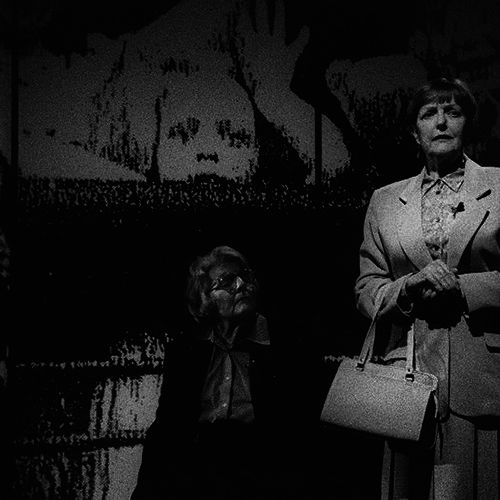

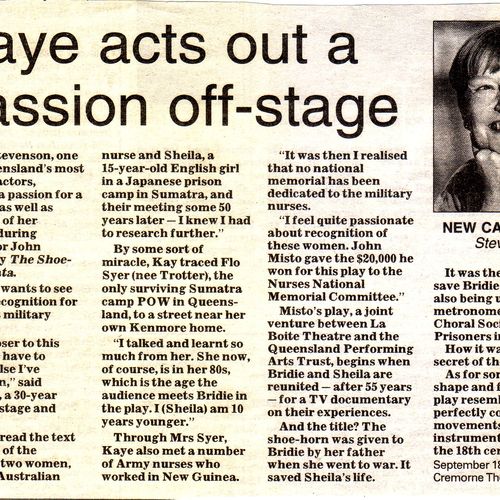

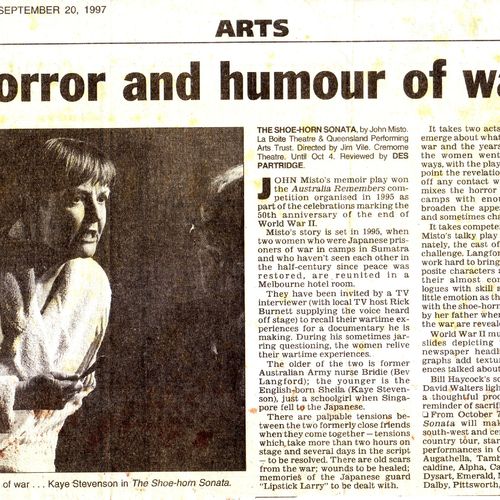
Tell us your story